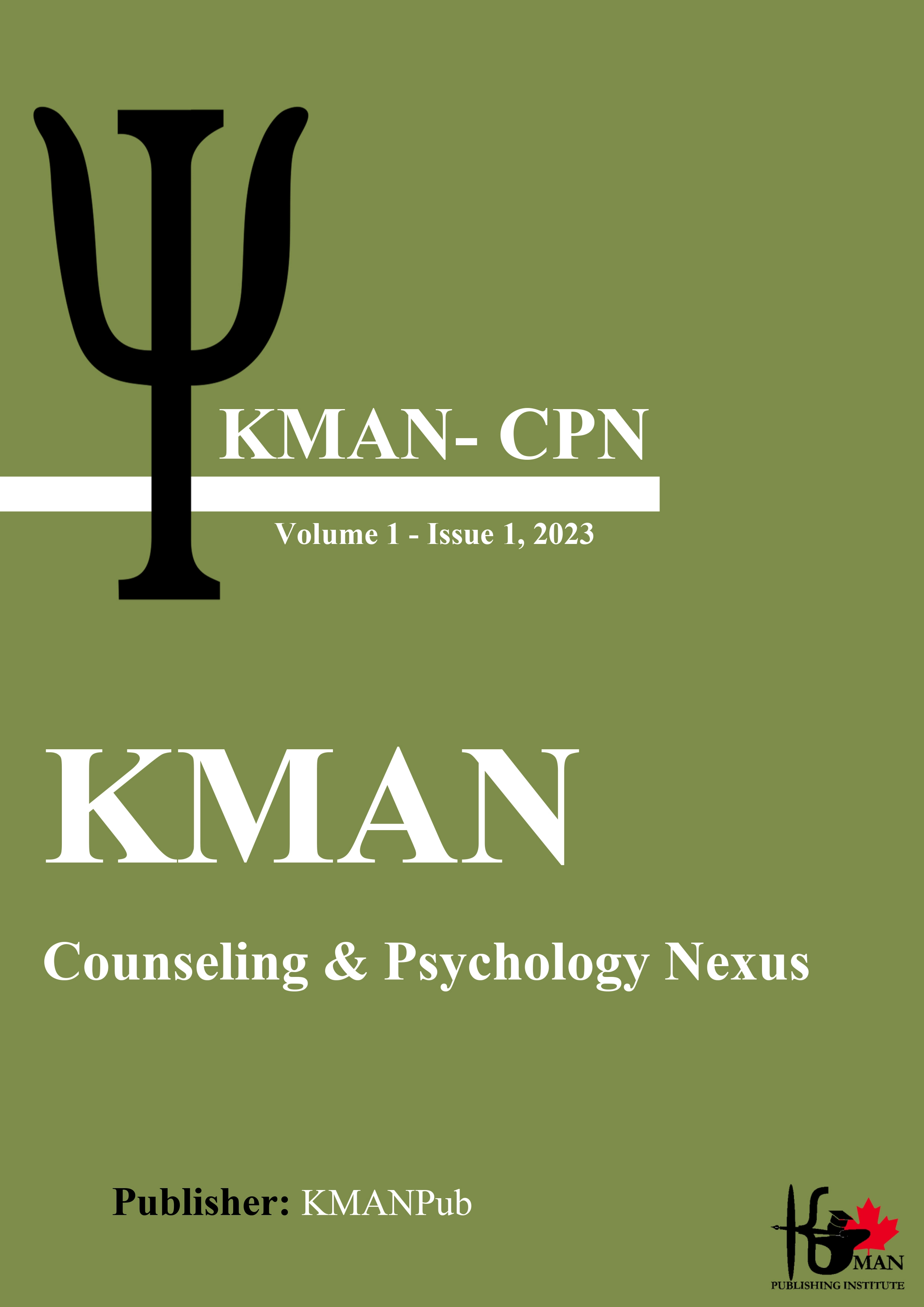Submissions
Submission Preparation Checklist
All submissions must meet the following requirements.
- This submission meets the requirements outlined in the Author Guidelines.
- This submission has not been previously published, nor is it before another journal for consideration.
- All references have been checked for accuracy and completeness.
- All tables and figures have been numbered and labeled.
- Permission has been obtained to publish all photos, datasets and other material provided with this submission.
Health Psychology
This section accepts manuscripts within the field of Health Psychology.
Research in the field of Health Psychology seeks to explore the relationship between psychological variables and physical health. The primary objectives of this research are to identify the psychological factors that affect physical health, investigate the mechanisms by which these factors operate, and develop interventions to promote physical health and well-being.
Clinical Psychology
This section accepts manuscripts within the field of Clinical Psychology.
Clinical Psychology research focuses on the diagnosis, treatment, and prevention of mental illness and emotional disorders. The primary goals of this research are to understand the causes and mechanisms of mental illness, develop effective interventions for treating mental illness, and identify strategies for preventing the onset of mental illness.
Rehabilitation Counseling
This section accepts manuscripts within the field of Rehabilitation Counseling.
Rehabilitation Counseling research aims to improve the quality of life for individuals with disabilities by helping them overcome barriers to employment, education, and other areas of life. The objectives of this research are to identify the types of support that are most effective in helping individuals with disabilities achieve their goals, and to develop interventions that promote independence and self-sufficiency.
Educational Counseling
This section accepts manuscripts within the field of Educational Counseling:
Educational Counseling research is focused on helping students achieve academic and personal success. The primary objectives of this research are to identify the factors that contribute to academic success, develop strategies for improving study skills and time management, and promote the development of social and emotional skills that are critical for success in school and beyond.
Family and Couple Therapy
This section accepts manuscripts in the following fields:
1. Family Therapy research aims to improve communication and resolve conflicts within families. The objectives of this research are to identify the factors that contribute to healthy family functioning, develop interventions that promote healthy family relationships, and explore the impact of family dynamics on individual well-being.
2. Couple Therapy research is focused on improving communication and resolving conflicts within romantic relationships. The primary objectives of this research are to identify the factors that contribute to healthy relationships, develop interventions that promote healthy relationship dynamics, and explore the impact of relationship dynamics on individual well-being.
Occupational and Organizational Counseling
This section accepts manuscripts in the fields of Occupational and Organizational Counseling:
Occupational and Organizational Counseling research focuses on improving the well-being and productivity of employees within organizations. The primary objectives of this research are to identify the factors that contribute to a positive work environment, develop interventions that promote employee well-being, and explore the impact of work-related stress on individual and organizational outcomes.
Developmental Psychology
This section accepts manuscripts within the field of Developmental Psychology.
Research in the field of developmental psychology aims to understand and describe the changes that occur in individuals over their lifetime. With a focus on psychological, cognitive, and social development, these articles examine the different factors contributing to the growth and changes individuals undergo from infancy to adulthood. In addition, research articles in developmental psychology may also focus on specific domains of development, such as language acquisition, emotional development, socialization, and cognitive development. These articles may also examine the impact of cultural and societal influences on developmental processes.
Individuals With Special Needs
Research in the field of psychology for Individuals With Special Needs aims to understand and address the unique psychological processes and challenges faced by these individuals. This research delves into the cognitive, emotional, and social aspects of development for those with special needs, examining how these factors interplay from early childhood through adulthood. Key areas of focus include the development of communication skills, emotional regulation, social interaction, and adaptive learning strategies. Additionally, these studies explore the impact of environmental factors, such as family dynamics and educational settings, on the psychological well-being of individuals with special needs. The goal is to develop tailored interventions that enhance the quality of life, foster independence, and support the integration of individuals with special needs into society. This research also includes identifying the unique stressors faced by these individuals and their families, and creating strategies to mitigate these challenges.
Privacy Statement
The names and email addresses entered in this journal site will be used exclusively for the stated purposes of this journal and will not be made available for any other purpose or to any other party.







